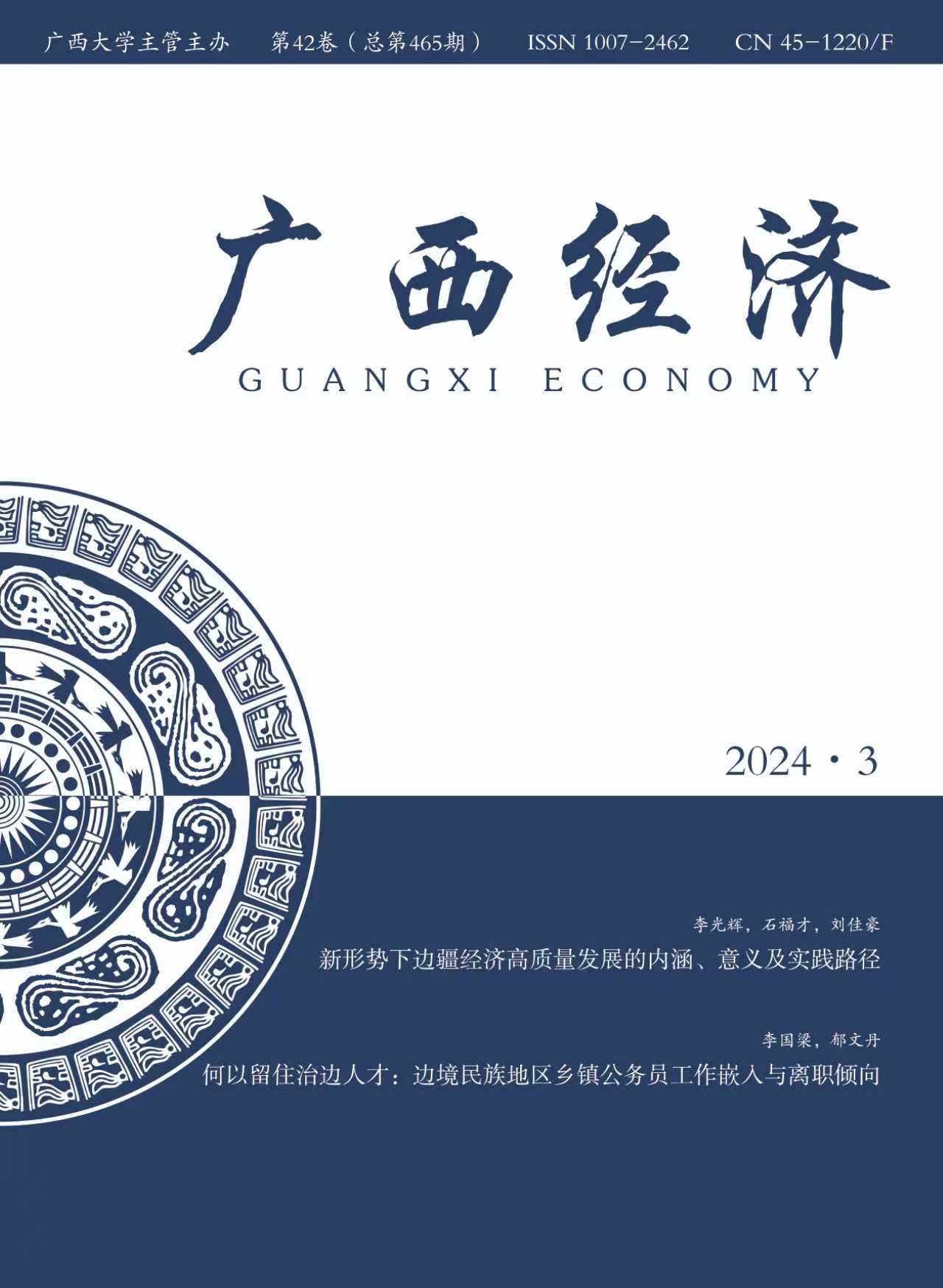Abstract: Against the backdrop of high-quality development, multi-agent collaborative governance has evolved into a vital trend in contemporary management fields. Given the multitude of trans-provincial river basins in our nation, the implementation of multi-agent collaborative governance for these basins represents not only an inevitable choice in adapting to the exigencies of our times but also a crucial pathway for optimizing the strategic governance framework of these watersheds. Consequently, this study anchored in the tenets of collaborative governance theory and adopting the vantage point of high-quality development, distills four prevailing models of collaborative governance within trans-provincial river basins under this developmental paradigm: the “core-periphery” model, the composite model, the integration model, and the multi-level model. then the paper consolidates the factors influencing the collaborative governance models of our nation’s trans-provincial river basins, chief among which are the uneven economic development between upstream and downstream regions, the prominence of localism exacerbated by rigid administrative boundaries, inadequate funding, the singularity of compensation mechanisms, and the fragmentation of governance functions. Grounded in these analyses, the article proceeds to proffer pertinent policy recommendations, aspiring to elevate the collaborative governance of our trans-provincial river basins and thereby foster high-quality development across these vital water systems.
Key words: high-quality development; trans-provincial river basin; collaborative governance

Reprinted from Guangxi Economic Journal, 2024,42(03):36-48.


 ADD:No.100 Daxue Road, Nanning, Guangxi, China
ADD:No.100 Daxue Road, Nanning, Guangxi, China Tel/Fax:+86-0771-3186687
Tel/Fax:+86-0771-3186687 Email: gse@gxu.edu.cn
Email: gse@gxu.edu.cn